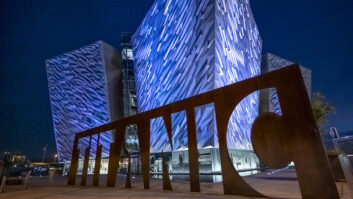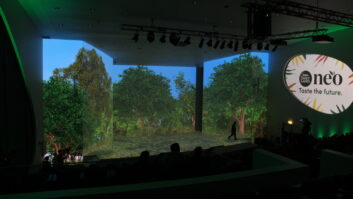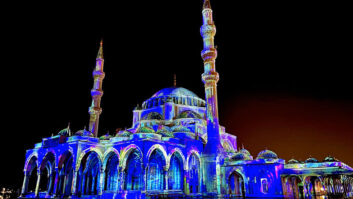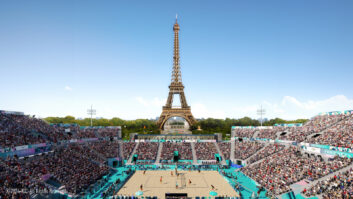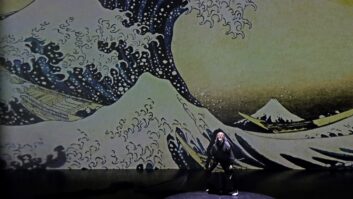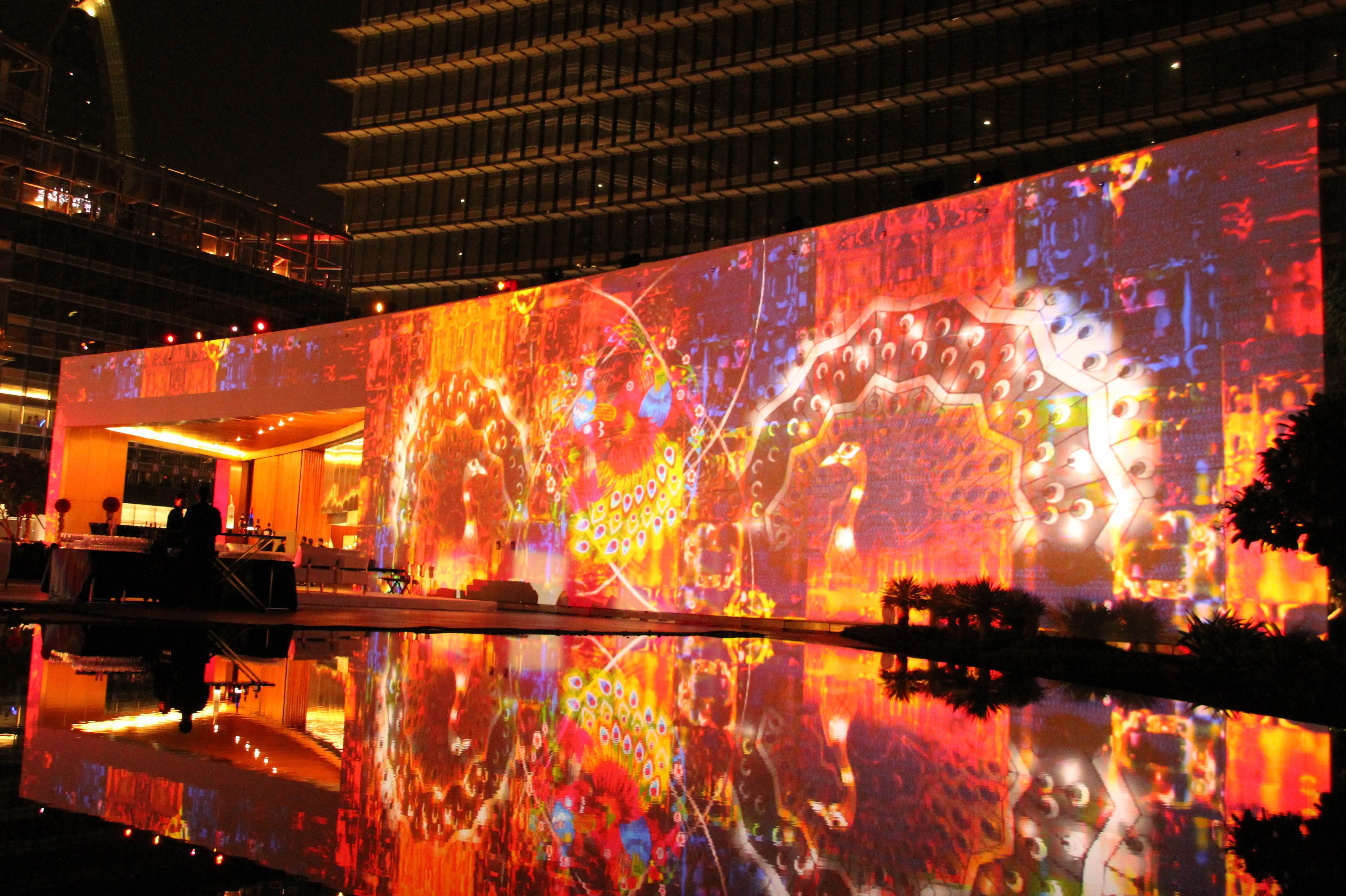
We continue our look at the high-end projection market by investigating why maximum projector brightness seems to have plateau’d. Ian McMurray reports.
In broad commercial terms, projector brightness seems to have remained at a peak of around 40,000 lumens for some time – following several years of constant improvements as manufacturers sought to establish bragging rights. Why is that?
“It’s not so much a technology barrier as an affordability issue,” according to David Close, products and applications manager, EMEA at Digital Projection. “Generally, higher brightness means more powerful light sources, which means more energy is consumed. In projectors, this means heat, which in turn means larger packages and more cooling. That in turn generally means higher cost and therefore lower volumes. So: it is more a practical and economic matter, rather than a technology limitation. For example: high-intensity discharge – UHP-style – lamps are more efficient and give you more light for your dollar.”
“The problem is not demand – there is always demand for brighter,” adds Richard Marples, strategic marketing director, venues and attractions at Barco. “There are two major obstacles. The first is that higher-wattage lamps have shorter lifetimes, making the projectors uneconomical. Quad-lamp UHP systems exist, but these are limited to 20,000 lumens currently, and adding more lamps is not feasible. The second is that going beyond 40,000 lumens with a lamp-based projector will push temperatures too high and mean early failures. Laser light sources can be pushed further because the projector runs cooler, and they have long lifetimes, but they are also expensive currently.”
“Brightness levels are already pretty high at 30-40,000 lumens, but going beyond that with today’s technologies is challenging because of heat limitations in projector light engines,” says Gerd Kaiser, product line manager – large-venue projectors at NEC Display Solutions. “New laser technology will change this situation, however, because laser efficiency is much higher than the standard xenon lamp. Higher brightness – 70,000 lumens and perhaps more – then becomes possible due to lower thermal emissions.”
He notes, however, that the cost of such projectors would likely run to hundreds of thousands of euros.
Robert Meakin, who is senior product manager at Sony Europe, sees an alternative reality. “Sony no longer regards brightness as a ‘state-of-the-art’ feature,” he notes, “although of course we’re constantly trying to improve it.
“There has been a shift in recent years towards manufacturers focusing on other areas of technological development, as opposed to merely striving for the ‘brightest’ projector,” he claims. “Evidentially, brightness is still essential for users; however, they now expect far more from their projectors than brightness alone, with increased emphasis placed on features such as low maintenance and better picture quality, and eco-friendly features for lower cost of ownership. Brightness has come to be expected as standard.”
Greg Jeffreys, managing director of projection solutions specialist Paradigm AV, is frustrated by what he sees as undue emphasis on brightness. “I think the projector manufacturers are missing a trick,” he says, “in that they believe that high brightness is an essential element. We know there are manufacturers out there with laser 4K projectors that we could use now – but they won’t release those projectors until they achieve higher brightness.”
But there will always be a demand for the highest possible brightness. As Close notes, more opportunities emerge as brightness increases – opportunities for companies like Australia’s Technical Direction Company, which specialises in video equipment solutions.
“Higher-brightness projectors have allowed us to do things not achieved before like projecting on to [Sydney] opera house and harbour bridge and pylons from across the bay,” enthuses managing director Michael Hassett. “Higher-brightness projection has also been valuable in interactivity projection exhibits such as those at Vivid Sydney.”
In the next part: Does it make sense for manufacturers to keep increasing functionality at the high end? You can read the whole feature now in Installation’s digital edition.
www.barco.com
www.digitalprojection.com
www.nec-display-solutions.com
www.paradigmav.com
www.pro.sony.eu
www.tdc.com.au
